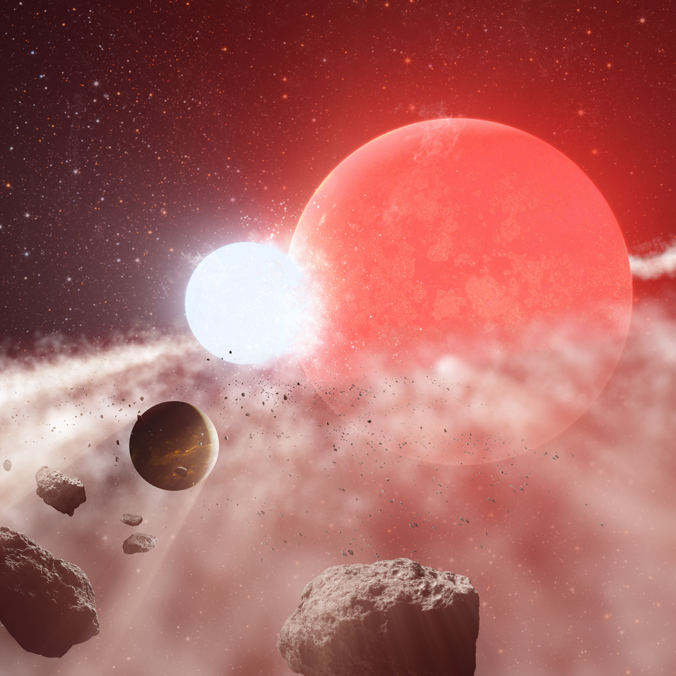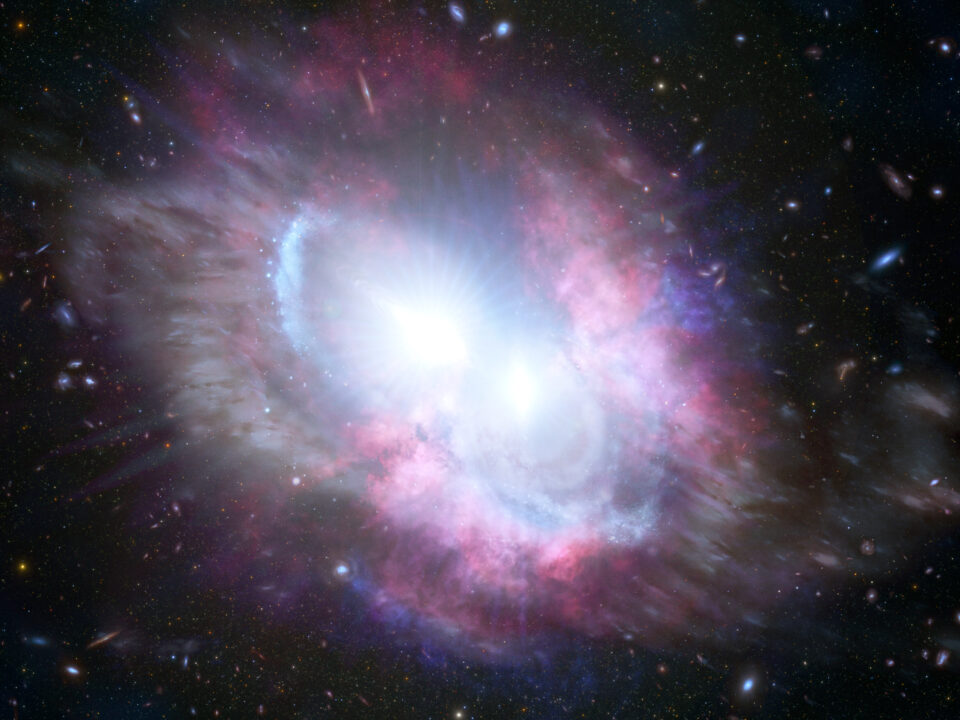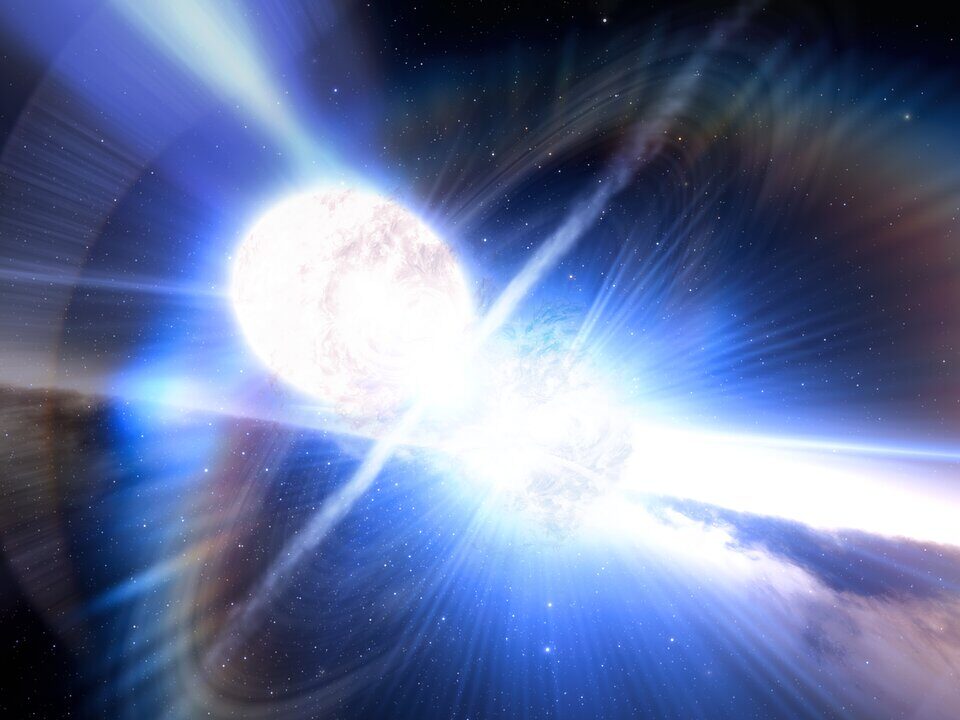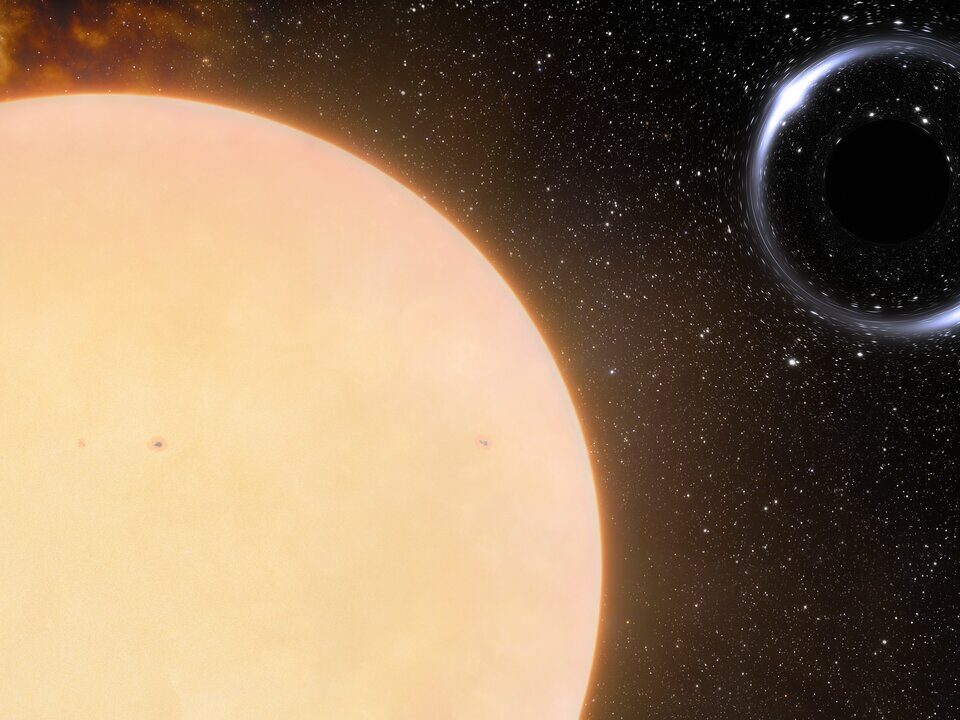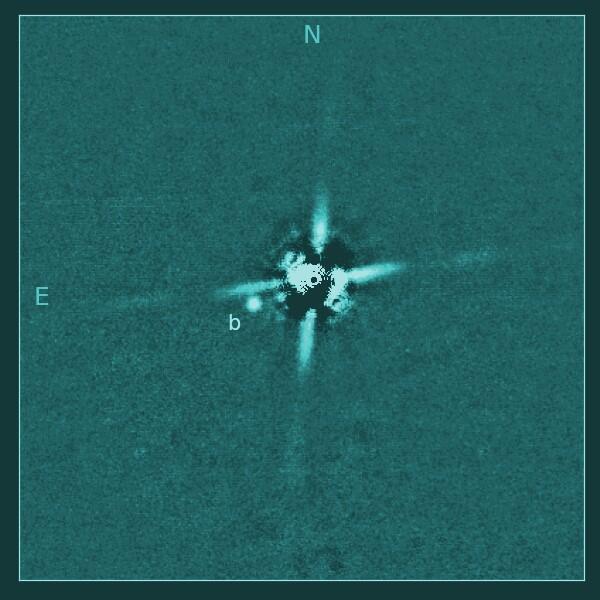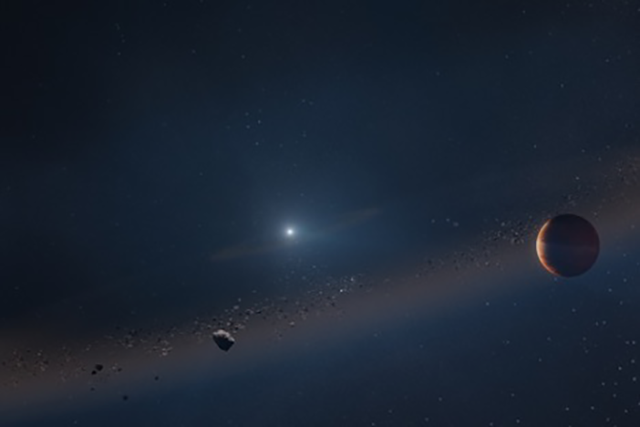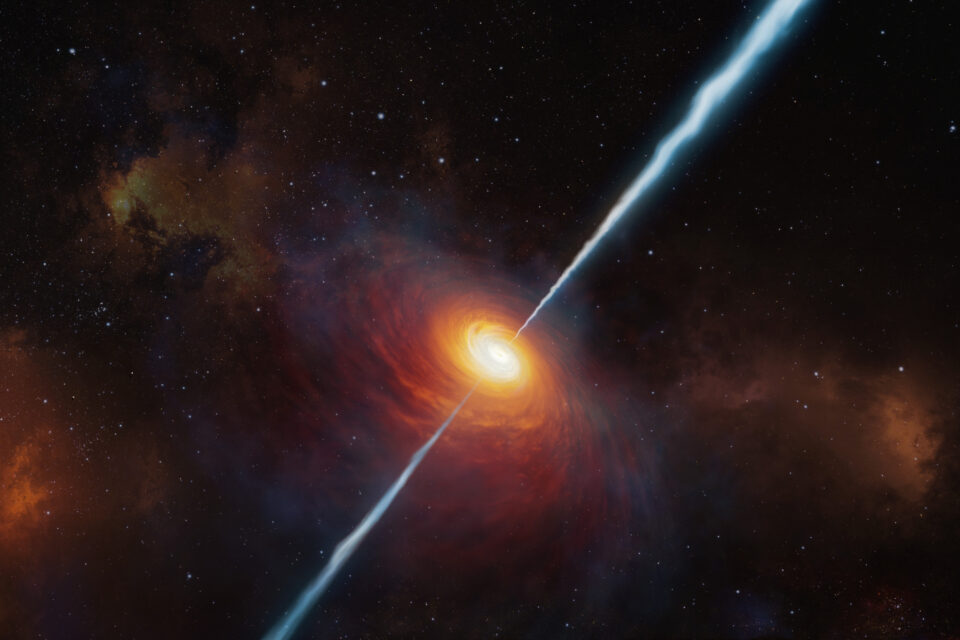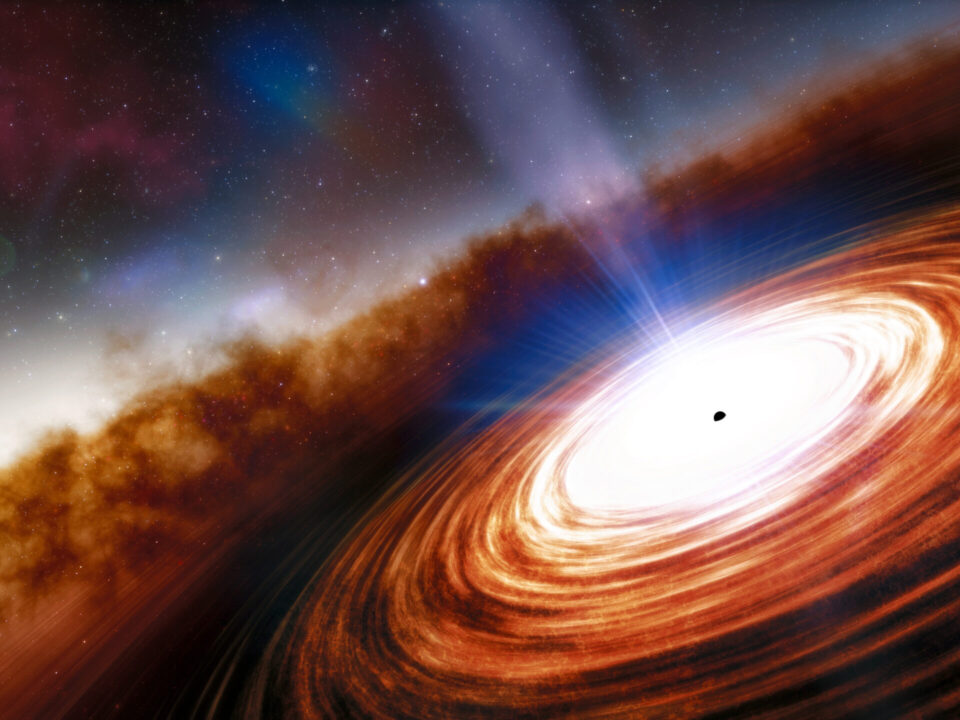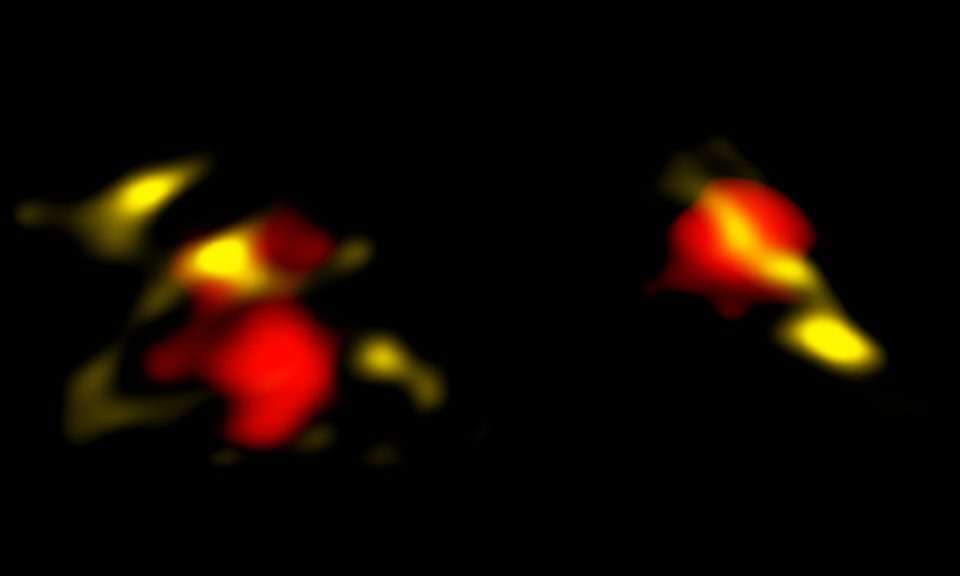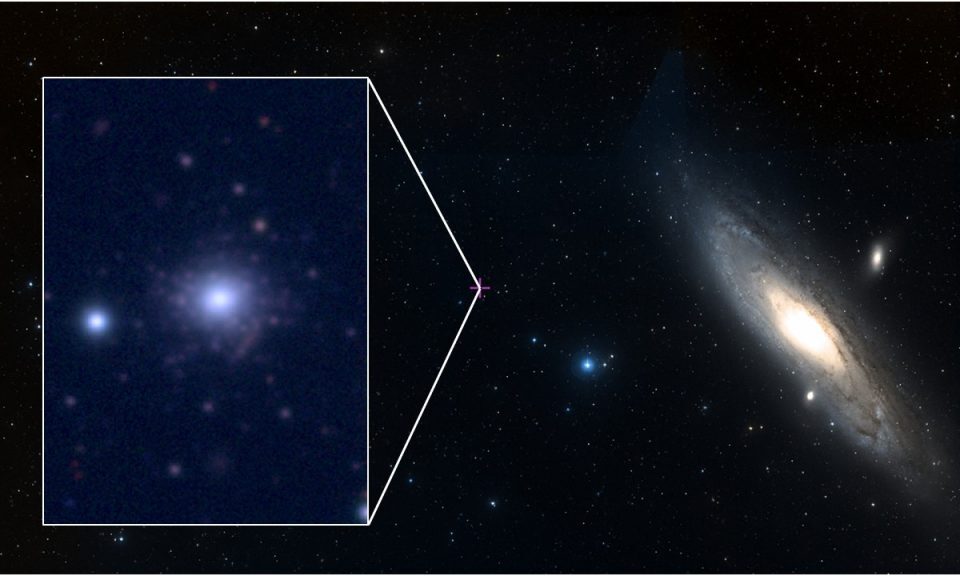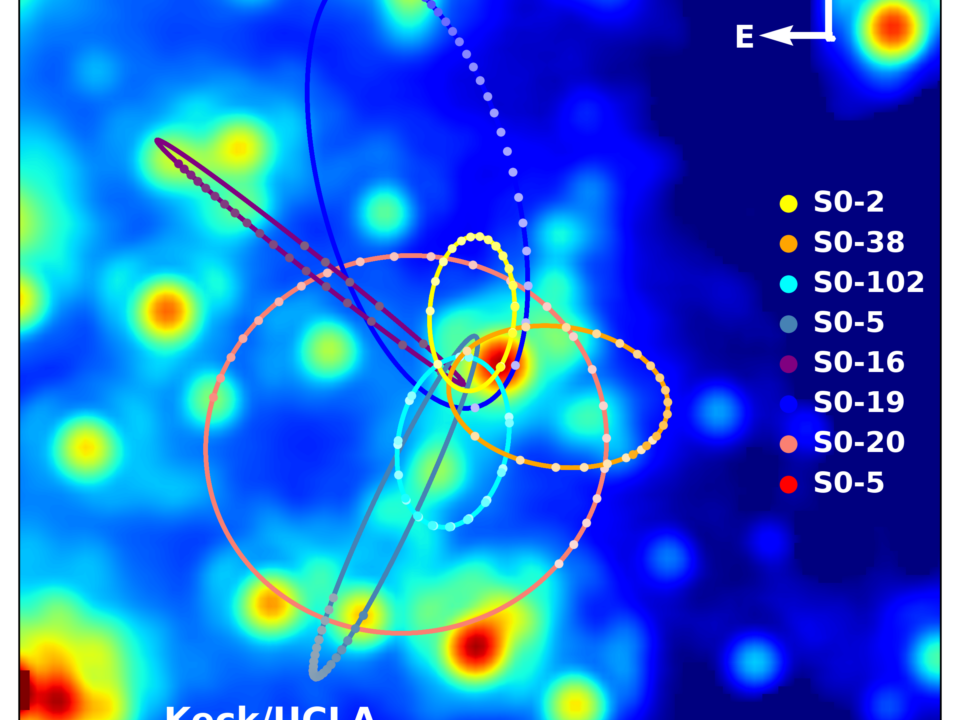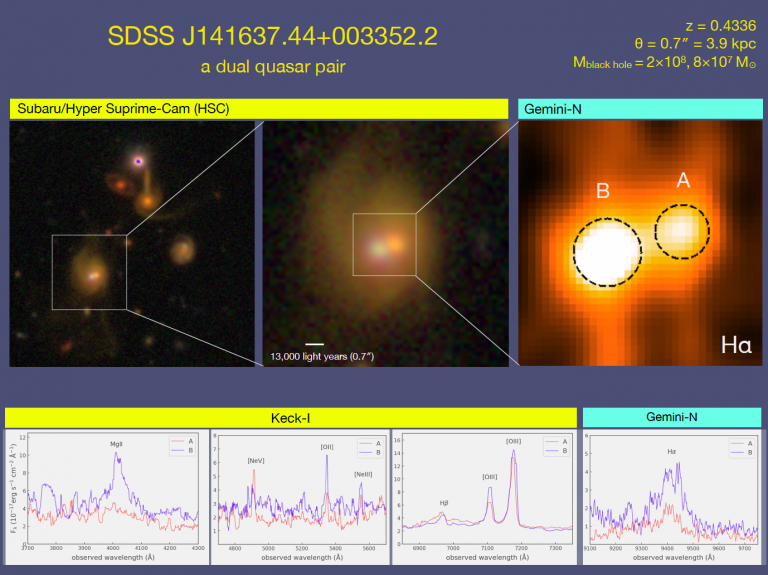Keck Observatory
- Filter by
- Categories
- Tags
- Authors
- Show all
- All
- Andromeda Galaxy
- Betelgeuse
- Black Hole
- Black holes
- brown dwarfs
- Canada-France-Hawaii Telescope
- CFHT
- Chad Trujillo
- Comets
- coronavirus
- cover-19
- EAO
- Europa
- exoplanets
- Fred Lawrence Whipple Observatory
- Galaxies
- Gamma-ray burst
- Gemini Observatory
- Harvard University
- IfA
- International Gemini Observatory
- JCMT
- Keck Observatory
- Milky Way
- Moon
- NASA Infrared Telescope Facility
- Neptune
- NOIRLab
- NSF
- Quasar
- Quasars
- Saturn
- SMA
- Subaru Telescope
- Supercluster
- UH Institute for Astronomy
- UKIRT
- Uranus
- VLBA
July 5, 2023
July 5, 2023
Categories
Astronomers from the University of Hawaiʻi Institute for Astronomy (UH IfA) have made the remarkable discovery of a planet’s survival after what should have been certain doom at the hands of its sun. The Jupiter-like planet, known as 8 UMi b, but officially named Halla, orbits the red giant star Baekdu (8 UMi) at only half the distance separating the […]
April 6, 2023
April 6, 2023
Categories
Astronomers using the Gemini North and Keck telescopes, on Maunakea, have discovered two Quasars that are on the verge of merging to produce a giant elliptical galaxy. These quasars are thought to have formed when the Universe was a mere 3 billion years old. Seeing two such quasars in the process of merging is rare, let alone catching them in […]
January 4, 2023
January 4, 2023
Categories
Fillowup observations of an explosive collision involving neutron stars by two Maunakea observatories reveals that a so-called “long gamma-ray burst” (originally detected from an observatory in Earth orbit) upends our understanding of the origin of these extraordinary events. Read more, in the W.M.Keck Observatory and International Gemini Observatory/NOIRLab press releases.
November 14, 2022
November 14, 2022
Categories
Using two Maunakea Observatories to follow up a star’s tiny wobbling motion detected by the orbiting Gaia satellite, astronomers have located the nearest black hole to the Sun. At 1600 light years, Gaia BH1, a companion to a Sun-like star, is some three times closer than the previous record holder, and appears to pose some interesting challenges for our understanding […]
October 25, 2021
October 25, 2021
Categories
Online viewers of the Subaru Telescope live stream were mesmerised by a cluster of more than a dozen meteors One of the youngest planets ever observed around a distant star was recently discovered by an international team of scientists, using the Subaru and Keck observatories on Maunakea. The planet is several million years old, which is as young as the […]
October 20, 2021
October 20, 2021
Categories
Astronomers using the Keck observatory on Maunakea have observed a planetary system located near the center of our Milky Way galaxy and provided a glimpse into the (distant) future of our own Solar System. Read more, in the W M Keck Observatory press release.
March 9, 2021
March 9, 2021
Categories
Two Maunakea Observatories have been used to reveal the most distant – and therefore the youngest – known radio beacon in the early Universe. Seen as it was 780 million years after the big bang, the object – a quasar known as P172+18 – was originally discovered in images from the Pan-STARRS telescope on Haleakalā, Maui. Detailed study with the […]
February 10, 2021
February 10, 2021
Categories
Three Maunakea Observatories, the Gemini, W.M. Keck, and UKIRT observatories have announced the discovery of the most distant known quasar. The quasar, observed just 670 million years after the Big Bang, is 1,000 times brighter than the Milky Way Galaxy. It is powered by the earliest known supermassive black hole, which weighs in at more than 1.6 billion times the […]
November 2, 2020
November 2, 2020
Categories
An international team of astronomers have performed the largest survey of distant galaxies in the early universe ever conducted. This survey (nicknamed ALPINE) aimed at measuring the gas and dust in over 100 distant galaxies located over 12 billion light years away from Earth, and involved the use of two Maunakea Observatories — W. M. Keck Observatory and Subaru Telescope. […]
October 21, 2020
October 21, 2020
Categories
Two Maunakea telescopes (Keck and the Canada-France-Hawaii Telescope) have found a globular star cluster in the nearby Andromeda Galaxy that contains a record-breaking small amount of heavier elements like iron. This finding poses questions about how star-dense globular clusters could have formed in the early Universe. A globular star cluster is a large, dense collection of thousands to millions of […]
October 12, 2020
October 12, 2020
Categories
Dr. Andrea Ghez, an astrophysicist at UCLA who has been observing the Galactic Center from Maunakea for over two decades, has won the 2020 Nobel Prize in Physics. She is honored for her pioneering work using W. M. Keck Observatory to provide conclusive experimental evidence of a supermassive black hole with the mass of four million suns residing at the […]
August 28, 2020
August 28, 2020
Categories
A combination of three Maunakea observatories (Keck, Subaru and Gemini) has been used by a team of Astronomers to discover several pairs of merging galaxies. In our dynamically evolving Universe, galaxies experience collisions and mergers with other neighbouring galaxies. These rare events can be dramatic, causing the birth of new stars and the rapid feeding of the supermassive black holes […]

